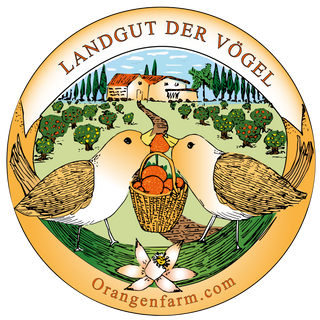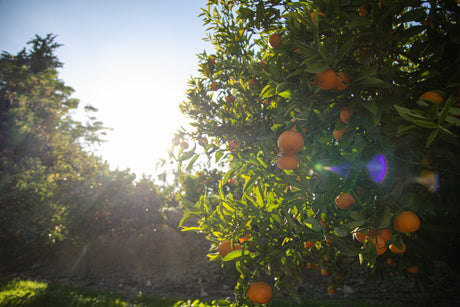Coconut / Coco, unidade
Coconut / Coco, unidade is backordered and will ship as soon as it is back in stock.
The coconut water has a pleasant, sweet taste. The white flesh is crunchy, nutty and has the typical coconut aroma. A pleasure! The nutty taste comes from the coconut pulp.
How do you open a coconut?
First, you drive a nail through two of the three "eyes" of the stone core and let the coconut water flow through one hole into a vessel, while air flows in through the other opening to balance it out. Then you take the nut in your hand and
smash the shell with a hammer. The pulp is cut into strips and eaten. Another method, after removing the coconut water, is to place the nut in a sturdy plastic bag and hit the soil or floor. It breaks into several pieces and the pulp can be removed. Very skilled “openers” also manage to open the nut with a knife by striking the nut all around.
-
Average nutritional values per 100g
Articles in general: Cool, dry and dark.
Fruit and vegetables: Like all fruit and vegetables, these need to be stored cold.
Optimal: Store the fruit in the refrigerator at 1-6°C.
Citrus fruits are winter fruits and always want it cold!
Cool, airy and dry, but not for weeks.
Optimal: Store the fruit in the refrigerator at 1-6°C.
Not good: neglected in the transport box.
The boxes are good for transport, but not for storage!
Delivery is expected from July 9, 2025 +/- 1-2 working days for Germany.
Delivery on the delivery date shown for neighboring EU countries usually + 1-6 working days.
Delivery for Portugal and Spain, usually 2-3 days after order confirmation.







